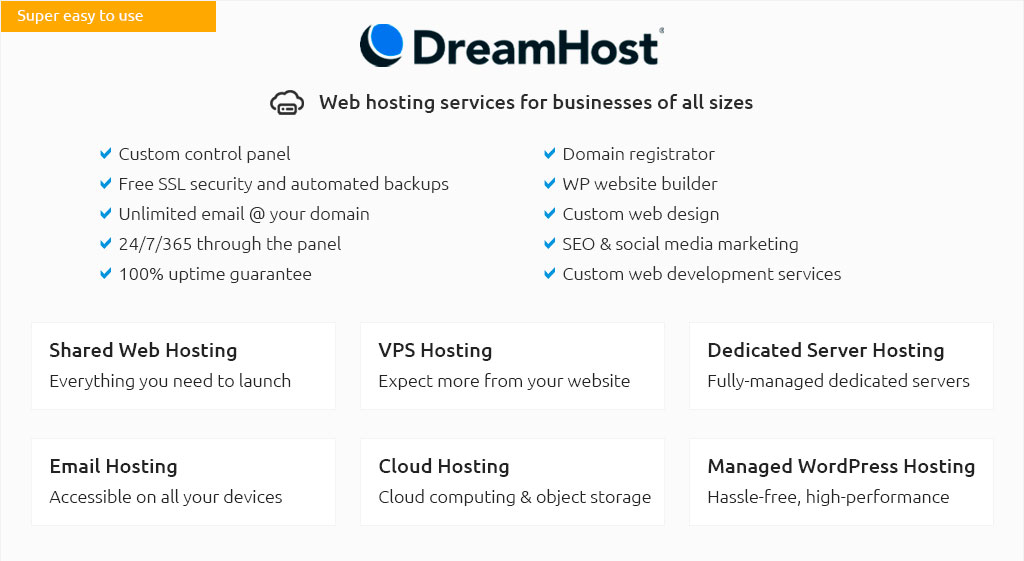 |
|||
 |
 |
 |
|
 |
|
 |
 |
 |
|||
 |
|||
 |
|||
 |
|||
 |
|||
 |
|||
 |
 |
The Intricacies of VPS Costs: A Comprehensive OverviewWhen it comes to choosing a Virtual Private Server (VPS) for your online endeavors, understanding the costs associated with different providers is crucial. In the ever-expanding realm of web hosting, VPS stands out as a popular choice for many businesses and individuals seeking a balance between shared hosting and dedicated servers. However, deciphering the costs can be a daunting task, given the myriad options available today. At the outset, it's essential to understand what you're paying for when you opt for a VPS. Unlike shared hosting, where resources are distributed among multiple users, a VPS provides dedicated resources within a shared environment. This means you get a portion of a server's resources all to yourself, which translates into better performance and reliability. But how does this affect the cost? There are several factors to consider when evaluating VPS costs. First and foremost, the level of resources you require plays a significant role. More CPU, RAM, and storage will inevitably drive up the cost. If you're running resource-intensive applications or expect high traffic, investing in more substantial resources is advisable, albeit at a higher price point. Next, let's consider the location of the server. Providers often have data centers in various geographic locations. Choosing a server closer to your target audience can improve website speed and performance, but this might come at a premium. For instance, servers in North America or Europe might be more expensive than those in other regions due to demand and operational costs. Another critical aspect is the level of management offered by the provider. A managed VPS will generally be more expensive than an unmanaged one. Managed services include server maintenance, updates, and security, which can be a lifesaver for those lacking technical expertise or time. However, if you or your team possess the necessary skills, opting for an unmanaged VPS can be a cost-effective choice. Now, let's delve into a comparison of popular VPS providers and their pricing structures.
Each of these providers offers unique advantages and potential drawbacks, making it essential to weigh your specific needs against their offerings. While cost is a significant factor, it's equally important to consider support, scalability, and additional features. A provider that offers excellent customer support can be invaluable, especially if you encounter issues that require immediate attention. In conclusion, understanding VPS costs involves more than just looking at the price tag. It's about evaluating the resources you need, the level of management required, and the additional features that align with your goals. By carefully considering these factors, you can make an informed decision that balances cost with performance, ensuring your online presence thrives without breaking the bank. Whether you're a startup looking for scalability or an established business seeking reliability, there's a VPS out there that fits your budget and meets your needs. https://www.cloudzero.com/blog/google-vps-pricing/
Google VPS operates on a pay-as-you-go pricing model, allowing you to pay only for the resources you use. This helps businesses manage their ... https://themeisle.com/blog/cheap-vps-hosting/
Pricing for Hostinger Cloud VPS plans starts at just $4.99 per month. This package includes one vCPU, 50 GB of NVMe SSD storage, and 4 GB of RAM ... https://www.liquidweb.com/blog/vps-cost/
VPS cost depends on quite a few factors. Learn what's driving costs, which providers are the best value, how to decide, and more.
|